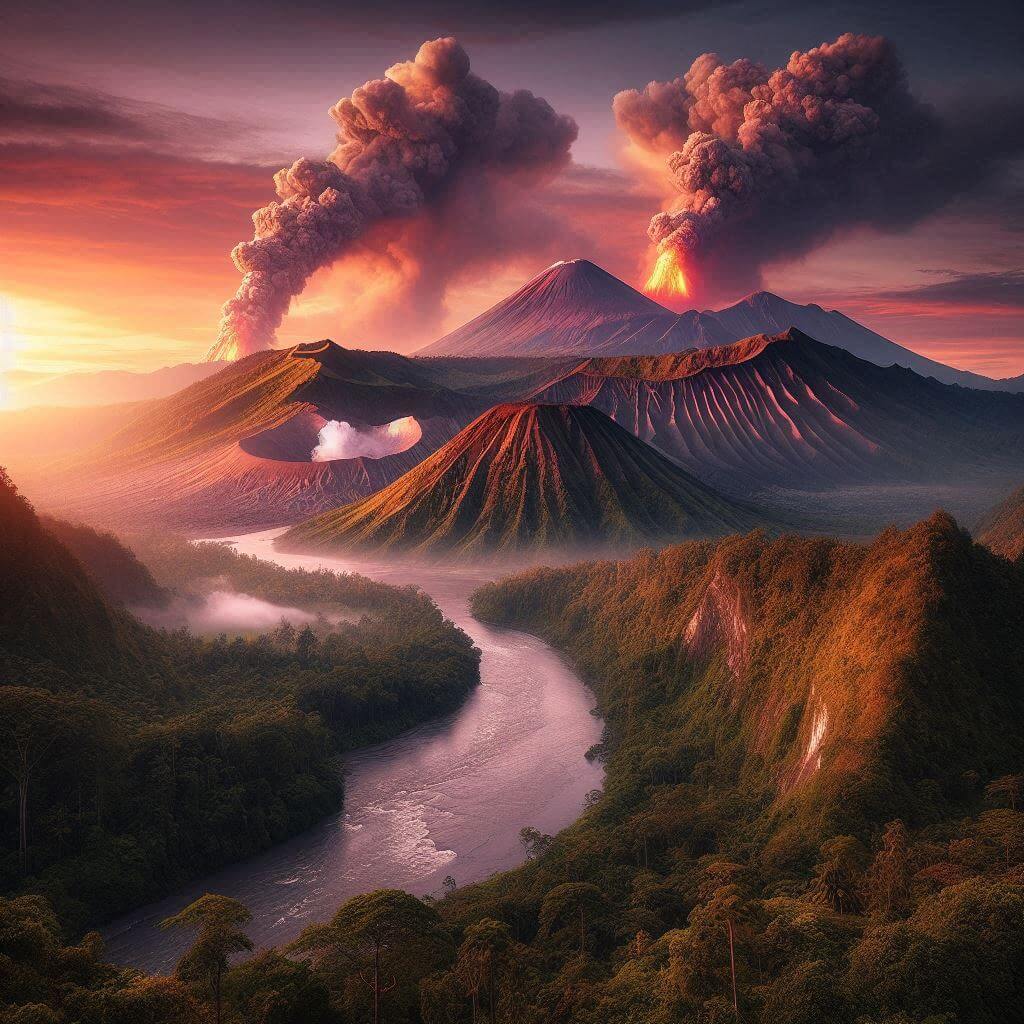A team of researchers at the Andes Center of Excellence in Geothermal Energy (CEGA) in Chile has proposed a new geoscientific model to classify volcanoes in the Southern Andean Volcanic Zone (SVZ). Their research identified two volcanic complexes and five individual volcanoes that show potential for high-enthalpy geothermal energy production.
 The SVZ stretches from central to southern Chile and features some of the region’s most active volcanoes. While the volcanoes of the SVZ are well-documented in existing literature, there has been limited understanding of the processes occurring beneath them, such as magma flow, stress accumulation, and the tectonic processes that control their activity.
The SVZ stretches from central to southern Chile and features some of the region’s most active volcanoes. While the volcanoes of the SVZ are well-documented in existing literature, there has been limited understanding of the processes occurring beneath them, such as magma flow, stress accumulation, and the tectonic processes that control their activity.
To better understand these volcanoes, researchers conducted field expeditions and reviewed prior studies on seismology and structural geology related to the SVZ. They utilized these findings to develop physical-mathematical models and simulations to categorize the volcanoes based on their behavioral patterns.
“Identifying patterns in volcanology is one of our biggest challenges. Volcanoes are complex structures, each with distinct signals and markers, making them difficult to study. The use of categories is complex yet necessary,” said Dr. Nicolás Pérez, a researcher at CEGA and the lead author of the study.
The study identified three types of volcanic patterns: Type A, Type B, and Type C. Type B volcanoes were highlighted as having the highest potential for high-enthalpy geothermal energy. These volcanoes have relatively shallow magmatic chambers (less than 10 km deep), which facilitate the movement of magmatic and hydrothermal fluids.
The Type B volcanoes identified include the San Pedro-Tatara volcanic complex, the Puyehue-Cordon Caulle volcanic complex, and the Copahue, Caviahue, Tinguririca, Tolhuaca, and Mentolat volcanoes. “The pressures needed to create fractures or pathways that allow hot fluids to circulate are lowest in Type B volcanoes, making them suitable candidates for geothermal energy production,” explained Dr. Pérez.
Type A volcanoes form from tension between the Nazca and South American plates, while Type C volcanoes might be linked to ancient faults running obliquely to the volcanic arc. Historically, Type C volcanoes are the most active, accounting for over 90% of eruptions recorded in the past 300 years.
The research indicates that the patterns identified in this study could apply beyond the SVZ. More Type B volcanoes could be discovered with additional data. The stress patterns observed are not exclusive to Southern Chile – for example, the Type A pattern has been documented in volcanic arcs in Japan, Indonesia, and the United States. “Studies on regional stress regimes in volcanic arcs are relatively rare. This research has significant implications not just for Chile, but for understanding volcanic behavior globally,” concluded Dr. Pérez.

